The rise of drone technology has transformed the world of photography and cinematography, allowing enthusiasts and professionals alike to capture breathtaking aerial images and videos.
However, achieving outstanding drone camera image quality requires a thorough understanding of the factors that influence it.
In this article, we will explore the key elements that contribute to superior image quality in drone photography.
The Basics of Image Quality
Image quality in drone photography is a multifaceted concept influenced by several factors, including:
- Resolution: Resolution refers to the level of detail in an image and is measured in pixels. Higher resolution images contain more detail and can be enlarged without losing quality. Common resolutions in drone cameras include 4K, 6K, and even 8K for video, and megapixels for still photos.
- Dynamic Range: Dynamic range is the ability of a camera to capture both bright highlights and dark shadows in a scene. A wider dynamic range results in images with better contrast and detail in all lighting conditions.
- Color Accuracy: Accurate color reproduction is crucial for realistic and appealing images. Drone cameras should faithfully represent the colors of the subject, whether it’s landscapes, structures, or people.
- Low-Light Performance: A drone camera’s ability to capture high-quality images in low-light conditions is essential. This depends on factors such as sensor size, aperture, and image stabilization.
- Lens Quality: The quality of the camera lens significantly impacts image sharpness and clarity. High-quality lenses minimize distortion, chromatic aberration, and other optical imperfections.
Factors Influencing Drone Camera Image Quality
- Sensor Size: Larger sensors typically capture more light, resulting in superior image quality, especially in low-light conditions. Full-frame and APS-C sensors are favored for professional drone photography.
- Aperture: The camera’s aperture determines how much light enters the sensor. A wider aperture (lower f-number) allows for better low-light performance and shallower depth of field for creative control.
- Image Stabilization: Drone cameras often feature gimbal stabilization systems to reduce vibrations and ensure smooth footage. This technology is vital for sharp, clear images and steady video.
- Camera Settings: Understanding and optimizing camera settings such as ISO, shutter speed, and white balance is essential for achieving the desired image quality in various scenarios.
- Post-Processing: Post-processing software and techniques can enhance image quality by adjusting exposure, contrast, color balance, and more. Editing plays a crucial role in fine-tuning drone images.
Choosing the Right Drone for Image Quality
When selecting a drone for photography, consider the following factors:
- Camera Specifications: Review the camera’s specifications, including sensor size, resolution, aperture, and video capabilities.
- Brand and Model: Different drone manufacturers offer various models with varying camera capabilities. Research and compare options to find the best fit for your needs.
- Budget: Determine your budget and find a drone that offers the best image quality within your price range.
Conclusion
Achieving outstanding image quality in drone photography requires a combination of technology, technique, and creativity.
Understanding the fundamentals of image quality, including resolution, dynamic range, color accuracy, and low-light performance, along with factors like sensor size, aperture, and image stabilization, is essential for capturing stunning aerial imagery.
Whether you’re a hobbyist or a professional, mastering these elements will enable you to unleash the full potential of your drone camera and create captivating visuals from the sky.




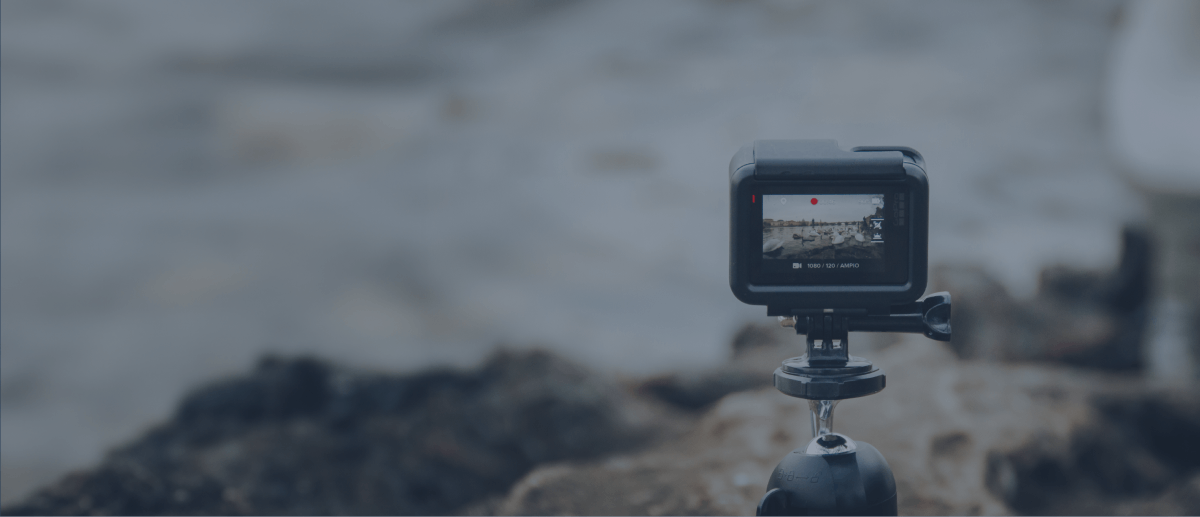
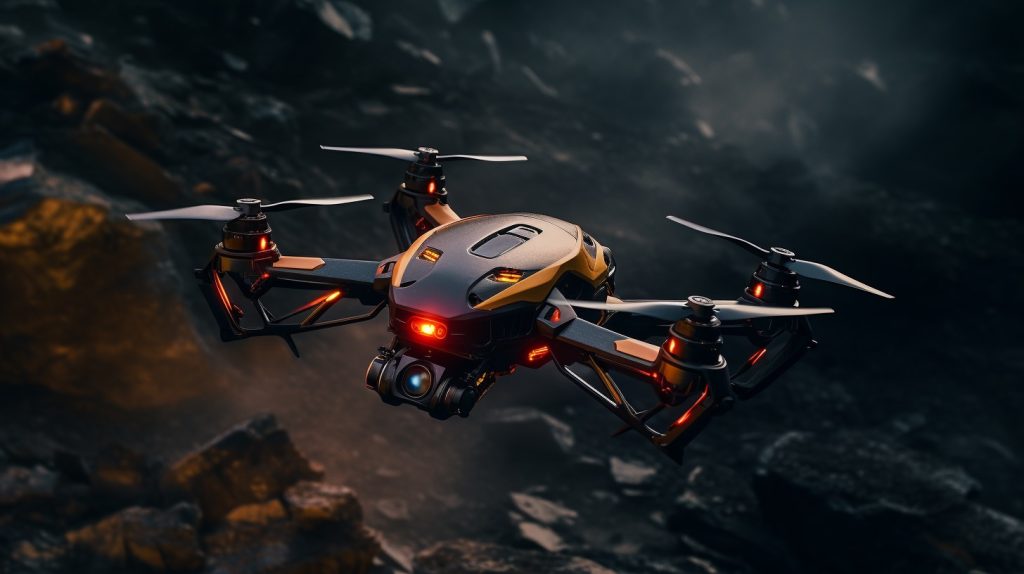
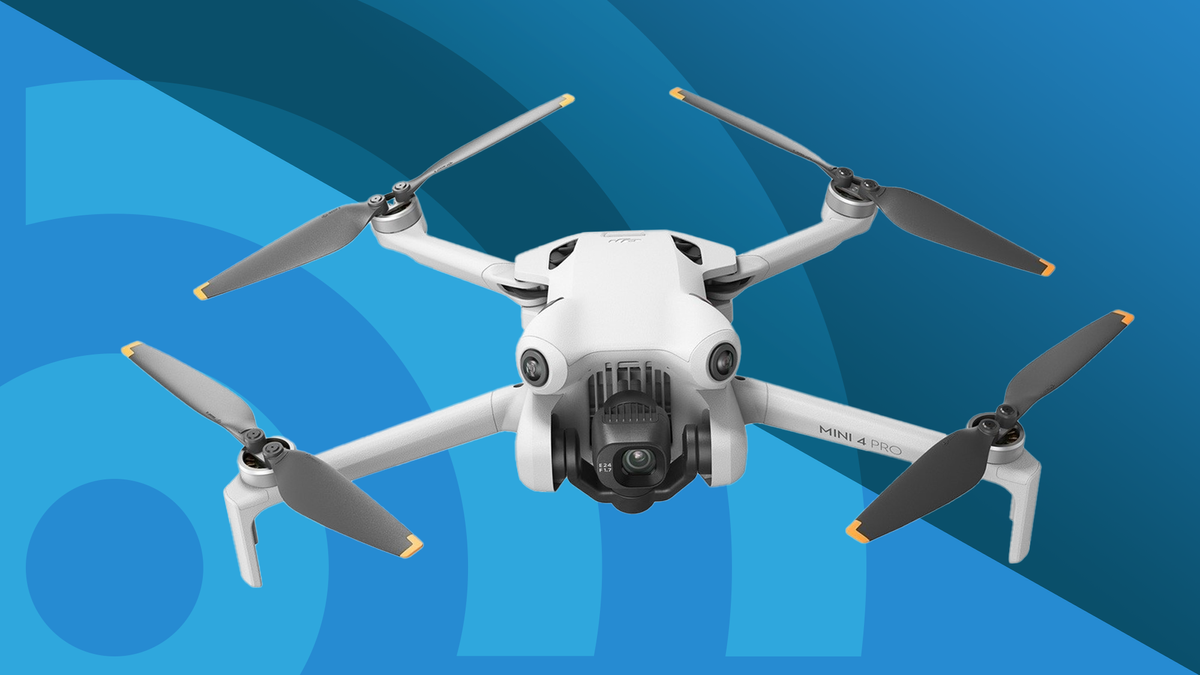
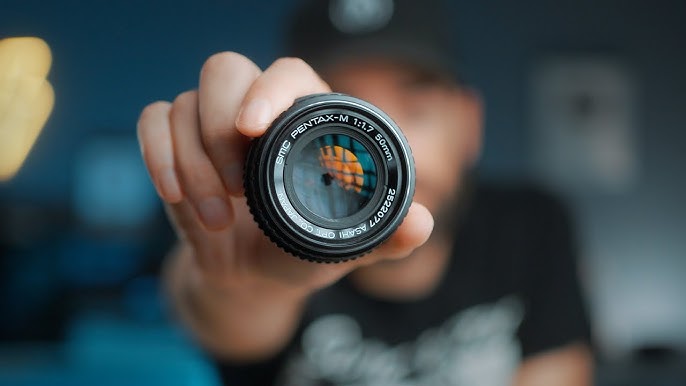
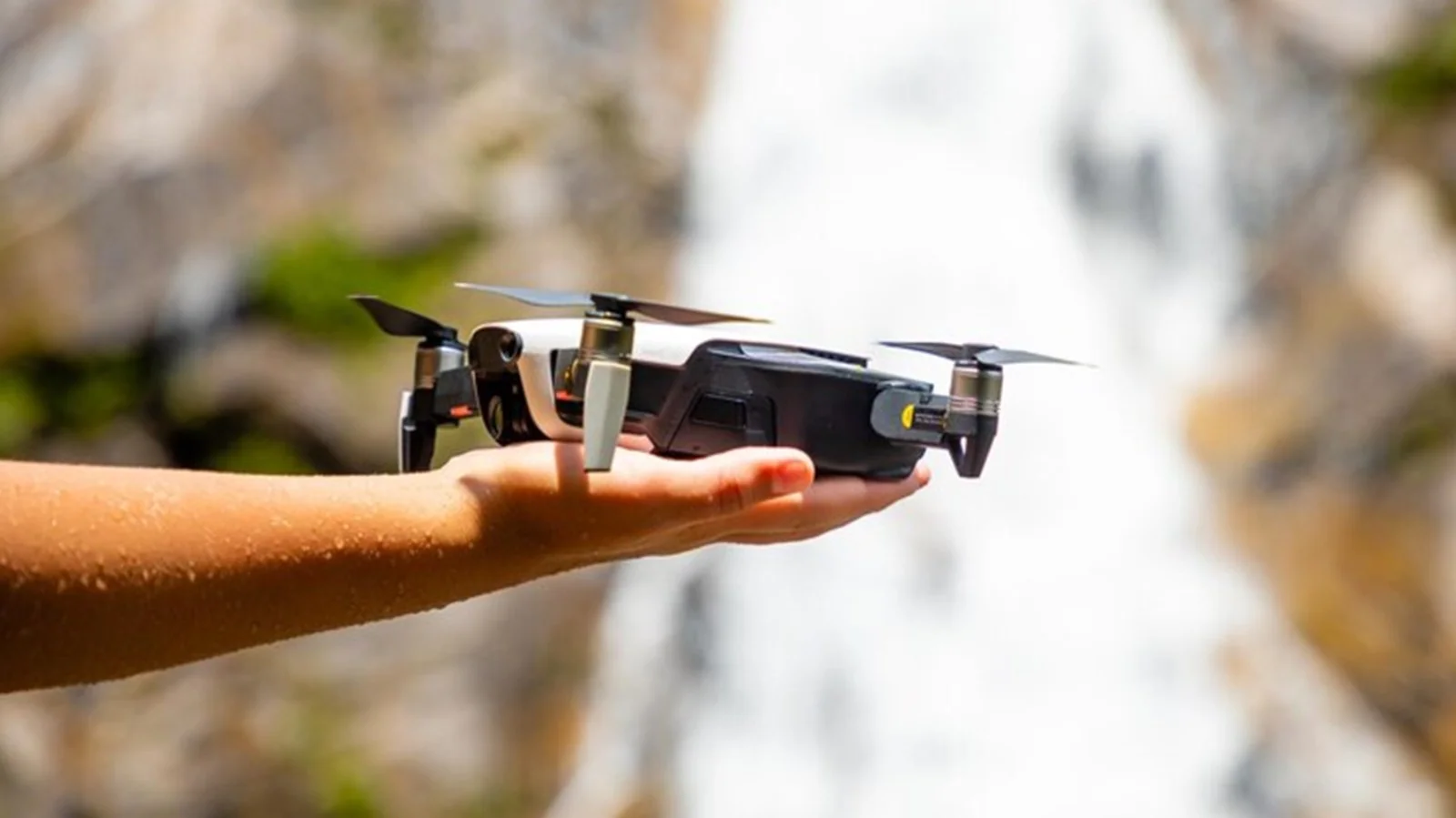
Leave a Reply